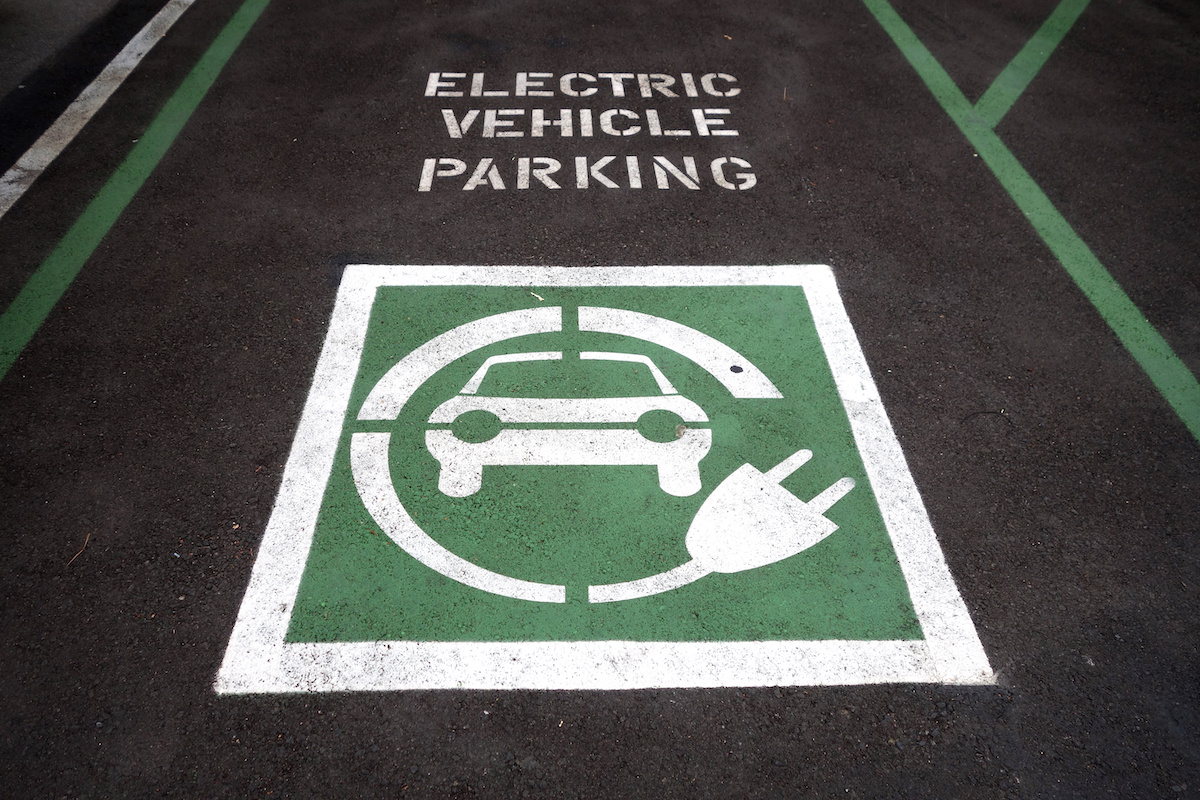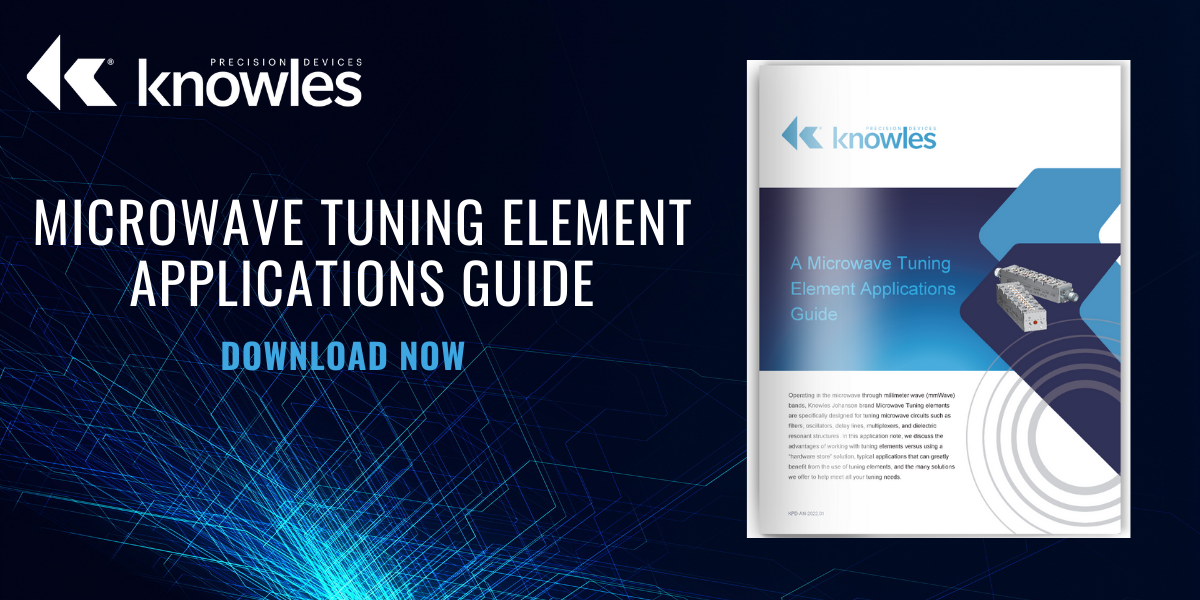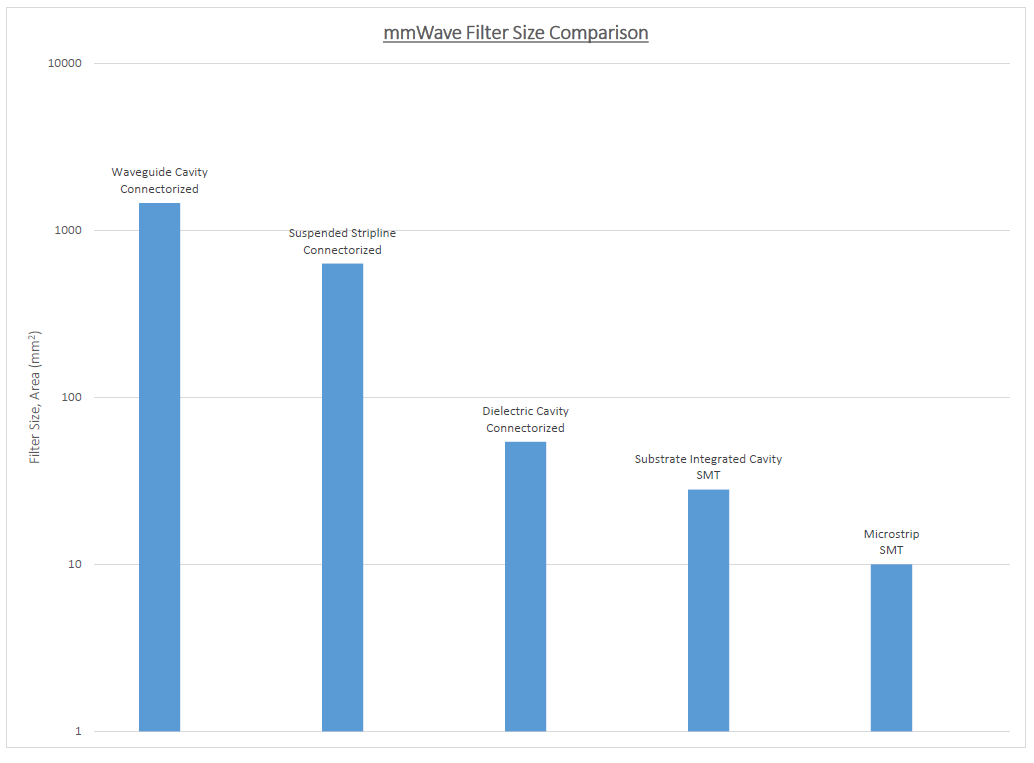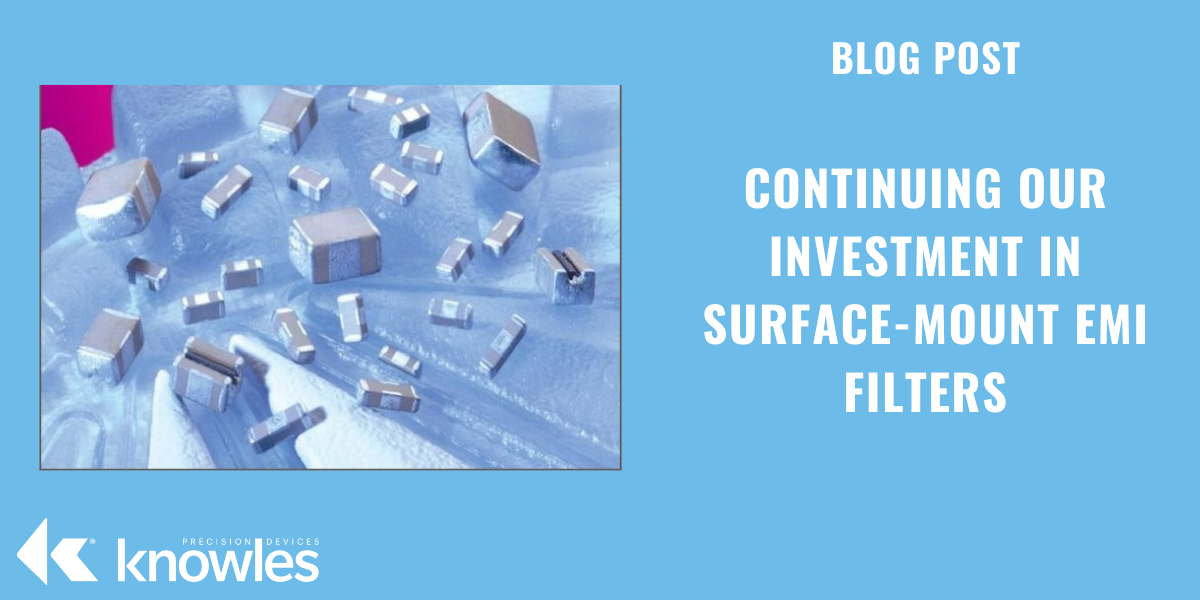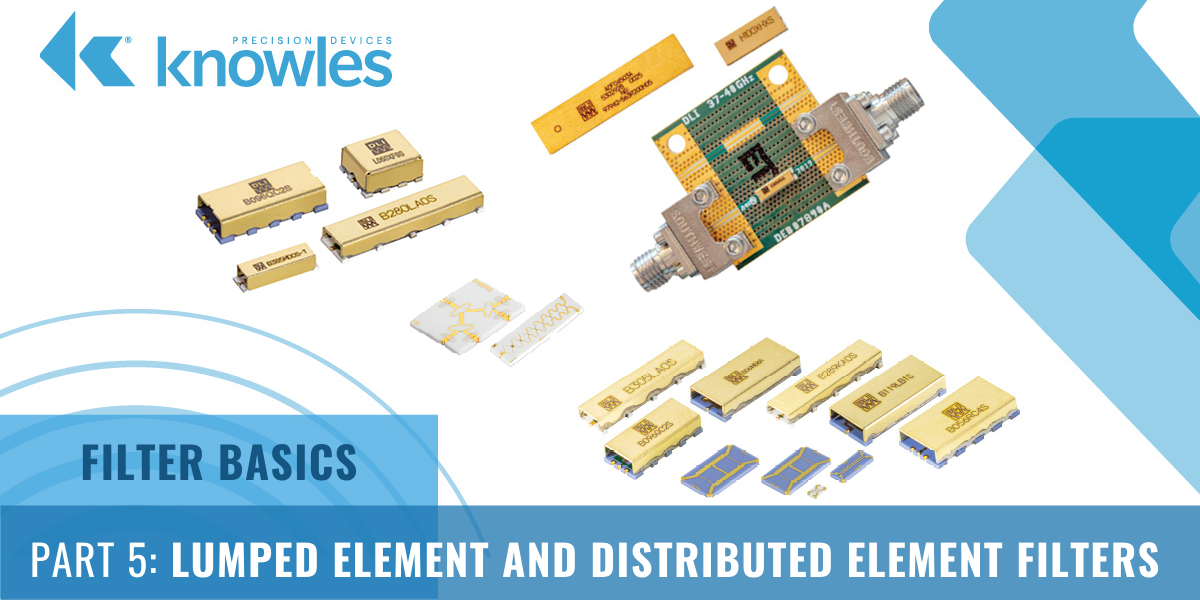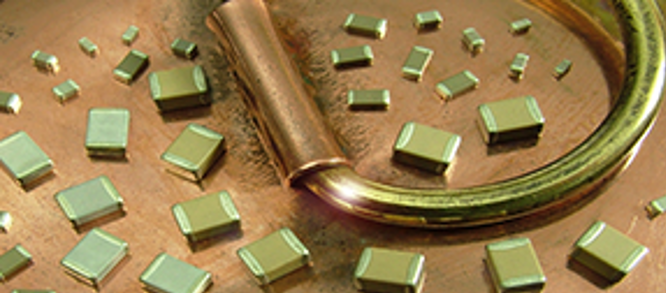In a previous article about electric vehicles (EV), we talked about using DC link capacitors as an intermediary buffer in power converters. Today’s topic covers another useful power module component – the snubber capacitor. Snubbers are energy-absorbing circuits used to protect electronics from voltage spikes and transients caused by turning a switch from the On to Off state. Opening a switch intrinsically induces a high voltage across the device, and the snubber provides an alternate flow path for the excess energy to be absorbed by the snubber capacitor and dissipated by a resister or other load.
Looking Closer at Snubber Capacitors in Electric Vehicles
Topics: Capacitor, Automotive, Electric Vehicles
Filter Basics Part 7: Different Approaches to Q Factor
To help customers with filter selection, we generally provide a lot of information on what our filters can do. But in this new Filter Basics Series, we are taking a step back to cover some background information on how filters do what they do. Regardless of the technology behind the filter, there are several key concepts that all filters share that we will dive into throughout this series. By providing this detailed fundamental filter information, we hope to help you simplify your future filtering decisions.
Topics: Filtering
In this new application note, we dive into the details on all things related to tuning elements. If you are unfamiliar with tuning elements, our line of Johanson Microwave Tuning Elements are specially designed for tuning microwave circuits such as filters, oscillators, delay lines, multiplexers, and dielectric resonant structures. Prior to the introduction of this line of Johanson Microwave Tuning Elements, microwave circuit designers were burdened with the frustrating task of selecting from a makeshift conglomeration of "hardware store" nuts and bolts to tune precision microwave circuitry.
Filter Basics Part 6: Waveguides and Transmission Lines
To help customers with filter selection, we generally provide a lot of information on what our filters can do. But in this new Filter Basics Series, we are taking a step back to cover some background information on how filters do what they do. Regardless of the technology behind the filter, there are several key concepts that all filters share that we will dive into throughout this series. By providing this detailed fundamental filter information, we hope to help you simplify your future filtering decisions.
Part 6 expands on part 5 by covering more details on waveguides and transmission lines, including the different types of electromagnetic modes supported by each.
Microstrip Filters Deliver Small Size at High Frequencies
When selecting a filter implementation, one factor that is common across all frequencies is optimizing the size of the filter given the application and the required performance. At mmWave frequencies this can be prove to be a particularly interesting problem, given the change in the physical dimensions of the system as one moves from say 600MHz to 38GHz.
Topics: RF and Microwave
Continuing Our Investment in Surface-Mount EMI Filters
Since a lot of electronic component manufacturers are now focusing production efforts on high-volume commodity applications, as their specialty component production equipment ages, many companies are electing to divest in this type of production. One component that we’ve seen fall into this category in recent years is the surface-mount electromagnetic interference (EMI) filter. These three-terminal chips use conventional multilayer ceramic capacitor (MLCC) manufacturing techniques to form a filter that has a short circuit end-to-end and has a capacitance between the end terminals and the side (ground) terminals.
Topics: Filtering
Filter Basics Part 5: Lumped Element and Distributed Element Filter Construction
To help customers with filter selection, we generally provide a lot of information on what our filters can do. But in this new Filter Basics Series, we are taking a step back to cover some background information on how filters do what they do. Regardless of the technology behind the filter, there are several key concepts that all filters share that we will dive into throughout this series. By providing this detailed fundamental filter information, we hope to help you simplify your future filtering decisions.
Part 5 dives into more detail on lumped element and distributed element filter construction techniques and when each option is most appropriate to use based on your application.
A Guide to Snubber Capacitor Selection for SiC-Based Switching Converters
Today, most converter circuits now include semiconductors and switches made of silicon carbide (SiC) instead of plain old silicon (Si). This is because when silicon and carbon are combined, the resulting material, SiC, has excellent mechanical, chemical, and thermal properties. Therefore, SiC-based converters can handle voltages up to 10 times greater than converters using just Si while also offering lower losses. These characteristics make these converters an excellent option for applications such as power electronics, industrial devices, and electric vehicle (EV) charging stations. In this post, we dive into the advantages of using snubber circuits to protect SiC-based converters and discuss how to further increase these efficiencies by focusing on capacitor selection.
Medical Imaging Quality Starts by Selecting the Right Components
Healthcare professionals and patients rely on magnetic resonance imaging (MRI) technology to examine soft tissues and organs in the body to detect a variety of issues, from degenerative diseases to tumors, in a non-invasive manner. To do this, the MRI machine uses a strong magnetic field and computer-generated radio waves to produce cross-sectional images. Thus, the quality of the MRI depends on the uniformity of the magnetic field – even the smallest trace of magnetism inside an MRI scanner can disrupt the field and degrade the quality of an MRI image.
Are You at Risk of Violating International Dual-Use Export Laws?
Today, many electrical systems are demanding higher operating voltages and temperatures, along with higher capacitance values – particularly in the fast-growing area of power electronics for electric vehicles (EVs). Therefore, electrical design engineers are looking to use multilayer ceramic capacitors (MLCCs) in these applications due to their inherent low inductance and wide operating temperature range.
Topics: Capacitor, Electric Vehicles

